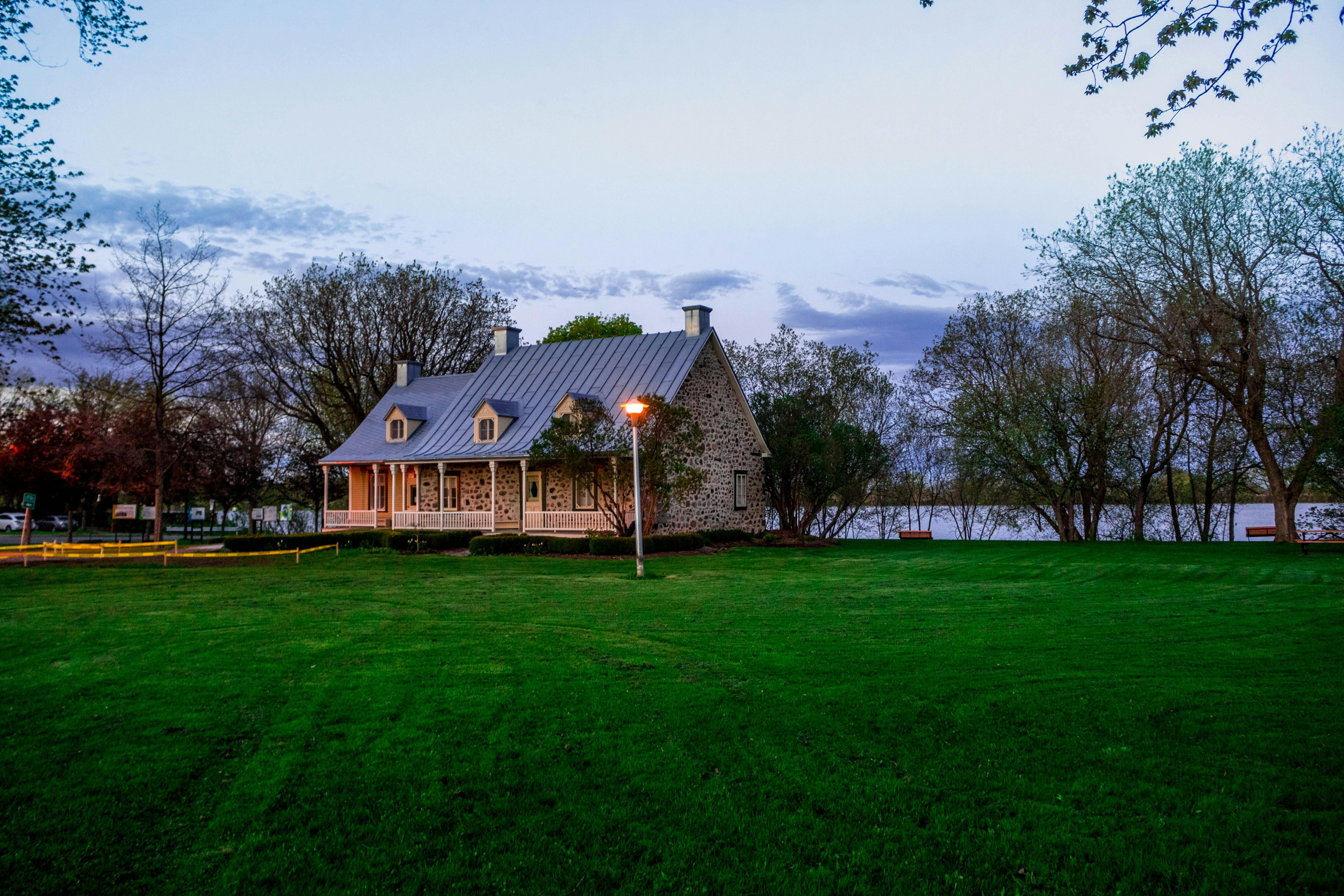Caring for your family in the event of a disaster

A disaster scenario is not the easiest idea to tackle at first, people generally avoid this topic as being too remote probabilistically speaking to even consider it. But if you think about it, taking care of your family in a disaster scenario should be your number one priority. And also, if you are watching the news, you need to take emergency preparedness very seriously, as all these natural (or man-made) disasters happen all over the world.
There are all kinds of things to deal with, you just can’t understand this problem, can you? It seems so complicated that you don’t even know where to start. Well here’s a crash disaster preparedness course in six easy steps. Once you are done reading it, you can use it as a model so that you and your family will be more confident if you shtf.
Step 1: You need to store water. Even if humans can go without food for extended periods of time (up to three weeks or even longer), water is essential for survival – you won’t last more than three days without it. In a natural (or man-made) disaster, you can expect your regular water supply to roast or become contaminated with contaminants (supply pumps or pipes can be easily damaged in an earthquake or in the event of a prolonged power outage ), therefore storing water is essential for their survival.
Now, the problem is how to store enough water for you and your family, especially if you live in a confined space. Well, there are a few possibilities to consider.
One possibility is to buy rations of water (bottled water and the like), although it can be expensive. You should be aware that the average adult needs about half a gallon of water a day, so you need to do the right math and store enough water for at least a few days. Another (cheaper) possibility is to store tap water in food-safe plastic containers and also build a rainwater collection system yourself.
Make sure your water storage containers are sterile and have never been used for anything other than water before.
Consider investing some money in a high-quality water filter and also learn some tricks on how to sterilize contaminated water (there are some products on the market that are used to sterilize water).
Step 2: Store evergreen foods, canned goods, and the like.
Obviously, you have to eat once in a while, it seems like a no-brainer, but most people don’t think about those things, because “it will never happen to me.” You can opt for emergency rations or regular canned foods, but prepare enough supplies for two to three weeks.
Step 3: Buy or make your own 72-hour emergency kit.
As the name suggests, the 72-hour kit should contain enough essentials for survival, for you and your family, in case you need to vacate your residence in the event of an emergency. The kit should contain items such as food ratios, sparklers, blankets, medicine, your most important papers, you get an idea.
Step 4: Get a backup solution to cook your food. In the event of a disaster, your power supply (electricity AND gas) will most likely be cut off for at least a few days, and you don’t want to eat cold canned beans, right? Some tips and tricks: If you live in a rural area, you can obviously cook outside, using firewood and the like. Another option is to buy a gas barbecue or camping stoves. Use your imagination.
Step 5: You must know how to deal with human waste. In a disaster scenario, it is very possible that your toilet / plumbing systems will stop working. I know, it’s not a pretty picture, but these things happen. Consider investing in sanitation kit that contains sturdy garbage bags, powdered chlorinated lime, and a bucket with a lid. Don’t forget the toilet paper, for God’s sake!
Step 6: Be prepared for medical emergencies. In a disaster scenario, it is highly plausible that your access to medical facilities will be affected, to say the least. You should have first aid kits available and also store critical medications, such as antibiotics, pain relievers, or a supply of all prescription medications that your family members require.